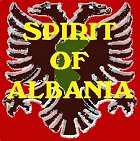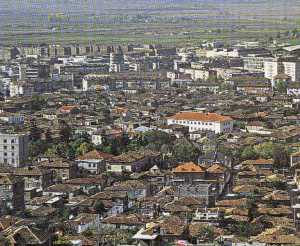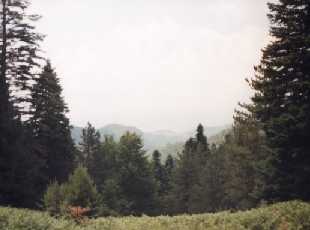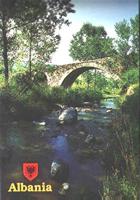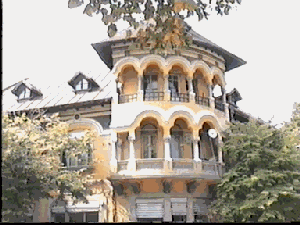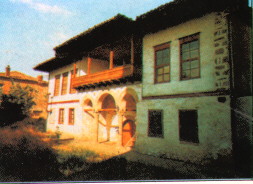|
|
|
KORÇA
The town of Korça (pronounced: Korchah') is the regional capital of the south-east of Albania, dominated by the Morava mountains to the east. It is interesting, historic, with rich cultural traditions and som eintersting buildings from the Ottoman period, including one of the most important mosques in Albania. The Korça region has been inhabited from the earliest times with neolithic remains found indicating occupation of the city for last 6000 years.The Copper ( Bakri) epoch, lasted from 3000 BC to 2100 BC, followed by a Bronze Age influenced in city 's cultural. In the Iron Age cultural influences from Greece became very strong.
A town
Coviza is mentioned in medieval documents in 1280.
The modern town dates from the end of the 15 th Century, when
Iljaz Hoxha, under the command of Sultan Mehmet II , dveloped
Korça. The Ottoman occupation began in 1440, and after Hoxha's
heroic role in the siege of Constantinople, in 1453, he was awarded
the title, 'Iljaz Bey Mirahor'. The region was in turmoil during the Balkan Wars suffered losses of buildings and population, coming under pressure from the Greek irredentist movements of the time. Korça was occupied by Greek forces on 6 December 1912. It surrendered to the Boundary Commissioners, but was retaken by Greek forces on 10 July 1914. The English Albanologist Edith Durham was forced to leave Korça at this time. She described the situation in her letter directed to H. Hodgkingson on 11 January 1939 : "The
pro- Greek gang at King's College started a story that I had had
to fly for my life from Korcha because they all wanted to be Greek
and I had tried to stir up Albanian trouble. The truth being that
I and Nevison, who was there as a correspondent, made a forced
march of three days- two nights sleeping on the bare ground-across
the montains to Berat at the urgent request of the Albanians.
Berat
being the nearest station from which a tegram could be
sent, uncontrolled be the Greeks. Nevison drafted the telegram
to the Council of Ambassadors in London begging that no attention
be paid to the Greek account of a meeting asking for Greek rule.
This meeting having been a forced one held with Greek bayonets.
This telegram saved Korcha. The Greek governor made everyone paint
their shops blue and white. And after the hideous cruelty of the
Greeks when they raided south Albani in 1914...I have no use whatever
for Greeks. I can never forget the crowds of refugee women and
children dying and starving under the olive trees around
Vlora....
During the First World War, the region was occupied by Austria- Hungary, then again by the Greeks and then by French troops in 1916. An autonomous republic of Korça, known to Greeks as Koritsa, then set up was overthrown as a result of Greek entry into the war on the side of the Allies. French occupation ended in 1920 but cultural influence continued. In 1929 the inhabitants of Korça were active in the agitation for prince Wilhelm of Wied to return to Albania as monarch.
Views from Korça
|
